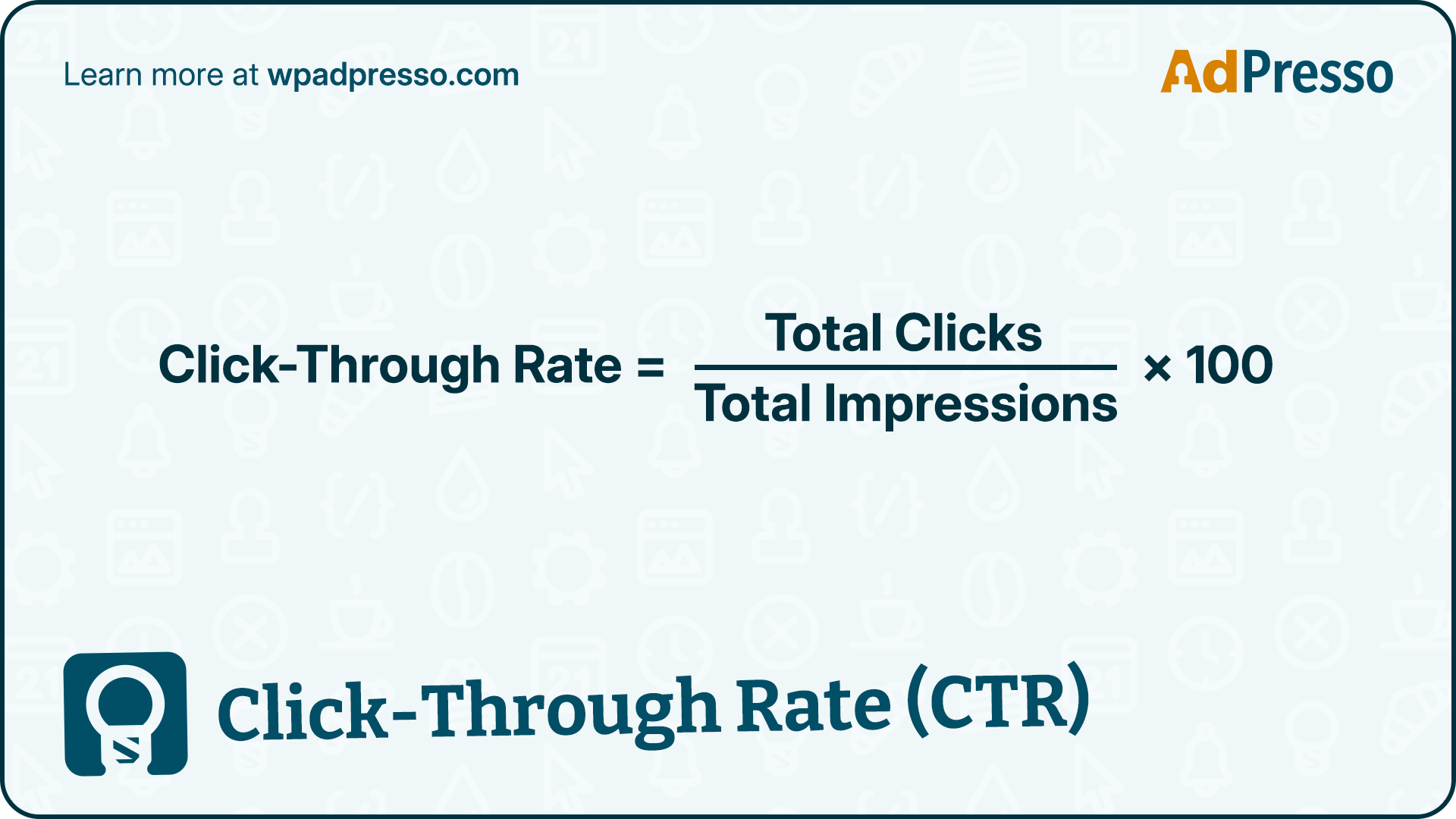Understanding the subtle nuances of design elements is crucial for optimizing online user engagement. A recent study published in the Journal of Consumer Research (January 2024) explores a fascinating aspect of digital design: how the shapes of virtual elements, whether in online advertisements or on websites, impact click-through rates (CTRs).
This research offers significant insights for digital marketing strategies.
The researchers investigated how curved versus sharp-angled shapes of virtual elements, such as call-to-action (CTA) buttons, images, and logos, influence user click behavior. They employed a robust methodology involving 16 distinct experiments. These included three real-world field experiments conducted on platforms like Google Ads and an e-commerce website, alongside laboratory experiments and an eye-tracking study.
This diverse approach allowed them to consistently test and confirm their hypotheses across various digital contexts and user interactions.
The consistent finding across these extensive studies was clear: website and online ad elements with curved shapes generate higher click-through rates (CTRs) compared to those with sharp-angled shapes.

One field experiment, conducted using Google Ads for a restaurant in a major U.S. city, clearly demonstrated this effect. Curved ads achieved a 0.71% CTR, while sharp-angled ads had a 0.57% CTR, a statistically significant difference. Another field experiment on an e-commerce site revealed similar results: the conversion rate for pages with curved elements was 11.18%, significantly higher than the 7.19% for pages with sharp-angled elements.
A lab experiment further reinforced these findings, showing participants were more likely to click a link when the CTA button was curved (75.93% CTR) compared to when it was sharp-angled (52.00% CTR).
Researchers propose that the underlying mechanism for this phenomenon stems from visual appeal and approach motivation. People generally prefer curvy and rounded shapes, often associating them with friendliness, softness, harmony, and approachability. In contrast, sharp angles can evoke associations with toughness, hardness, and even threats. This automatic positive emotional reaction to curved shapes leads to perceptions of greater visual appeal.
Enhanced visual appeal triggers an "approach motivation," increasing the likelihood of clicking. An eye-tracking experiment supported this, showing curved virtual elements received more visual gaze and gaze revisits, indicating increased visual attention.
While sharp-angled objects may initially grab attention due to their perceived threat or risk, the study suggests that for digital elements, the greater visual appeal of curved shapes ultimately drives more clicks.
The study also explores the moderating effect of approach-avoidance message framing. It found that while curved elements generally lead to higher clicks for approach-motivated messages (e.g., "opt-in"), avoidance-motivated messages (e.g., "opt-out") can have a lessening or even reversing effect. Therefore, careful consideration is essential when pairing design elements with message framing.
Based on these findings, online marketers aiming for higher click rates should incorporate more curved virtual elements into their online ads and website designs. This approach applies to various virtual elements, including CTA buttons and images. The research highlights shape as a crucial visual cue in digital marketing, contributing to a broader understanding of how design influences online consumer behavior.
The study acknowledges certain limitations, such as reliance on Google algorithms for A/B testing in field studies. It calls for further research into other potential moderators, such as color contrasts or auditory cues, the long-term effects of element shapes on spending or conversion, and the impact of varying degrees of curvature.
This comprehensive study provides compelling evidence that the subtle design choice of shape has a significant impact on online engagement. By understanding the inherent human preference for curved forms, digital marketers can optimize their visual strategies to cultivate greater appeal and drive higher click-through rates.
Ultimately, this research underscores that even seemingly minor design details have a significant impact on shaping consumer behavior in the digital realm.